The key to successful flower gardening lies in understanding the unique needs and preferences of each plant species. From sun-loving blooms to moisture-sensitive varieties, selecting the right location and soil conditions is essential for ensuring optimal growth, flowering, and overall plant health. By matching specific flowers with their ideal growing conditions, you can create a garden that bursts with color and vitality throughout the growing season. In this comprehensive guide, we’ll explore the factors to consider when choosing the perfect location and soil conditions for your favorite flowers, empowering you to cultivate a garden that blooms with beauty and abundance.
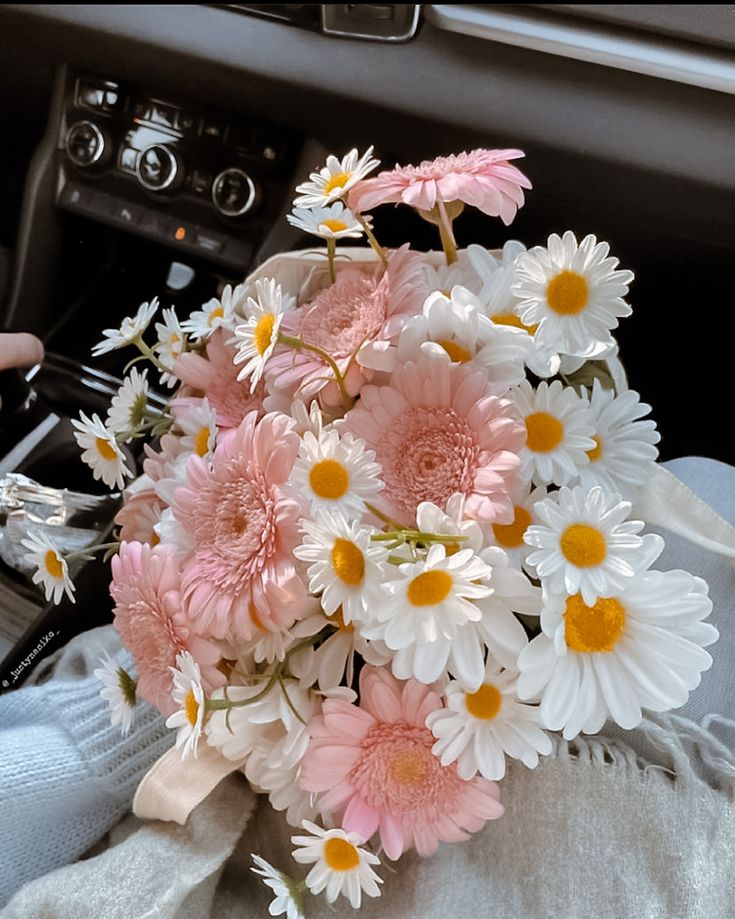

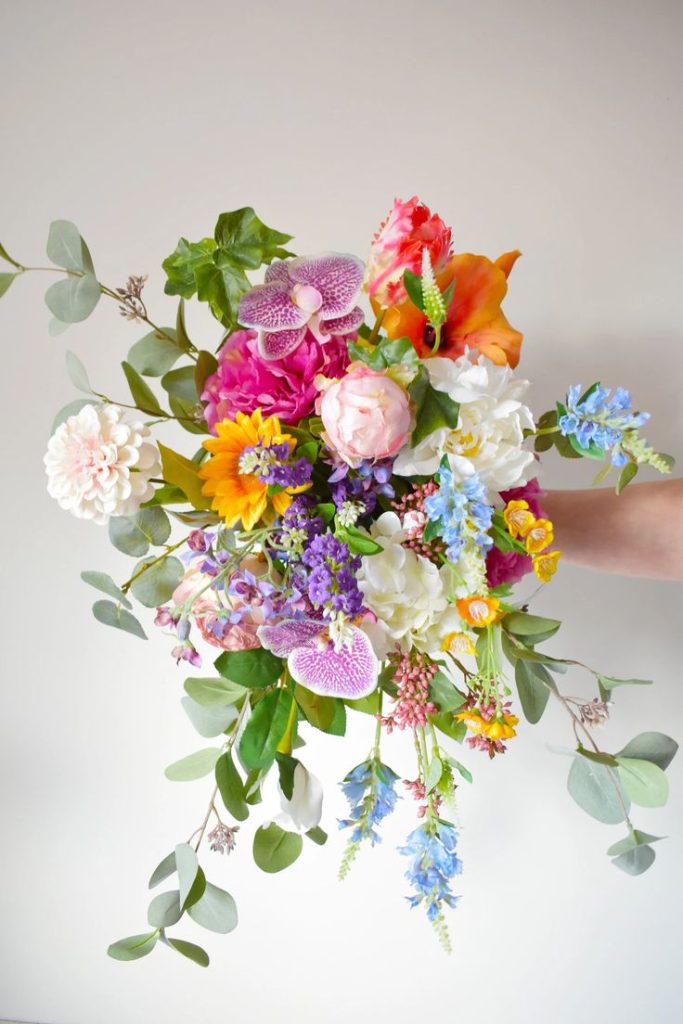
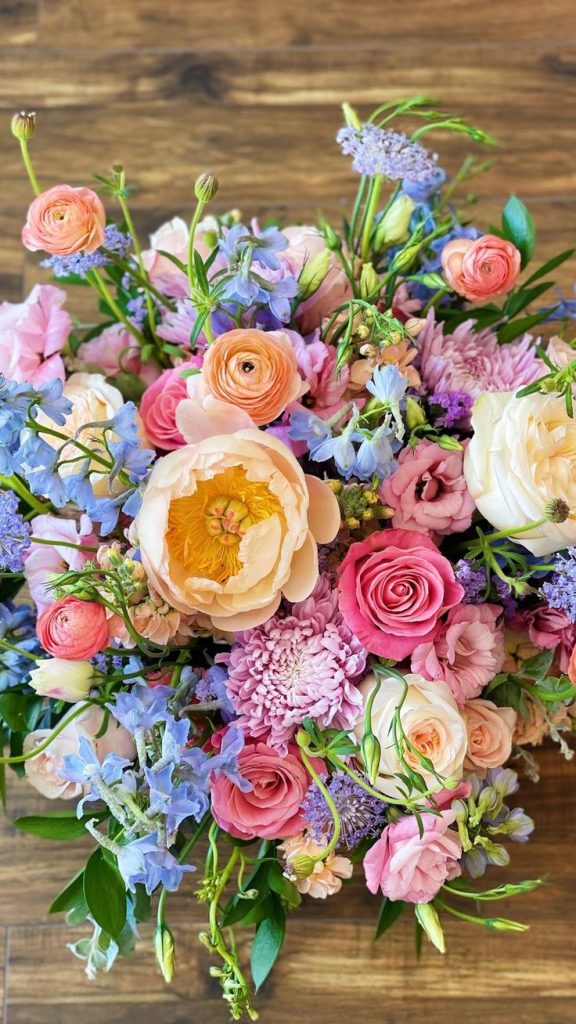
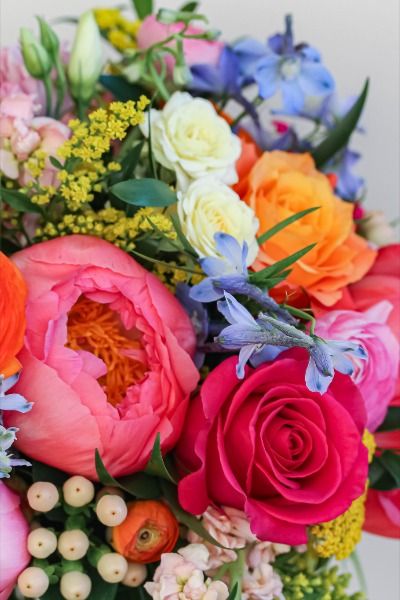
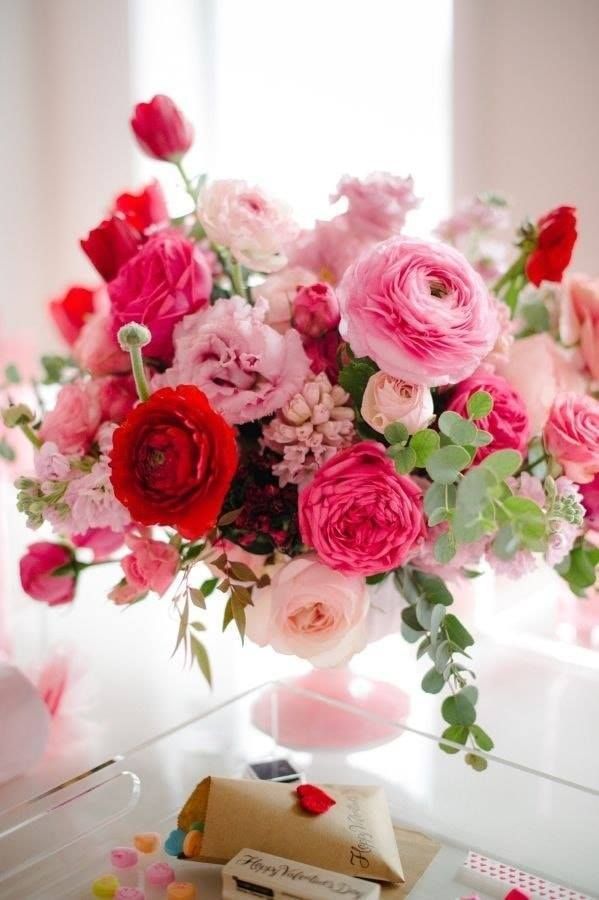

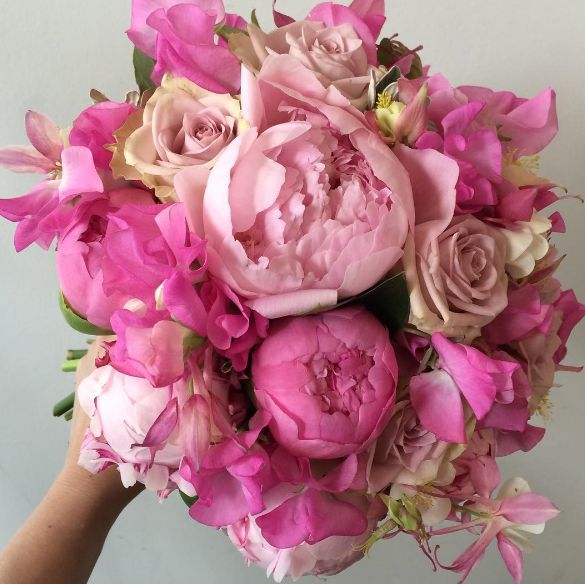
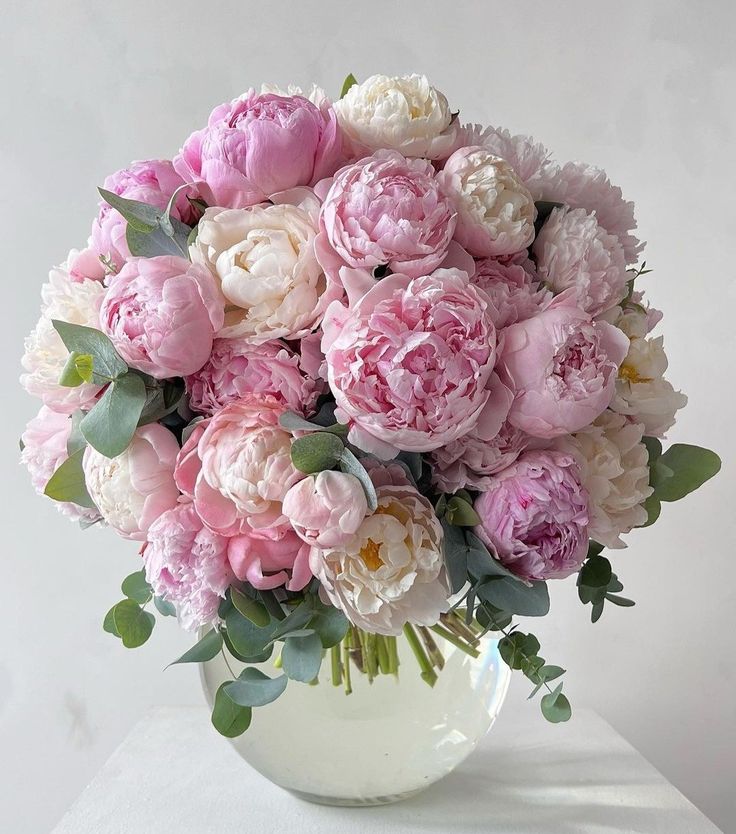
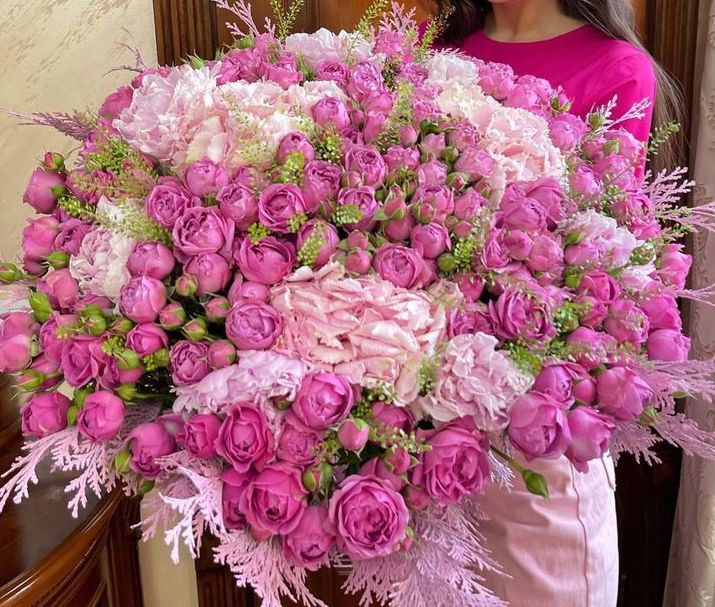
Understanding Flower Requirements
Before planting flowers in your garden, it’s important to research the specific requirements of each plant species, including:
- Sunlight: Determine whether your flowers prefer full sun, partial shade, or full shade. Sun-loving plants thrive in direct sunlight for six or more hours per day, while shade-loving plants prefer filtered or indirect light.
- Soil Type: Consider the soil texture, drainage, and fertility requirements of your flowers. Some plants prefer well-draining sandy soil, while others thrive in moisture-retentive loamy soil or heavy clay soil.
- pH Level: Check the soil pH to ensure it falls within the preferred range for your flowers. Most flowering plants prefer slightly acidic to neutral soil with a pH range of 6.0 to 7.0.
- Moisture Needs: Determine whether your flowers require consistently moist soil, periodic watering, or drought tolerance. Some plants prefer evenly moist soil, while others can tolerate dry conditions once established.
- Temperature Tolerance: Consider the climate and temperature fluctuations in your area when selecting flowers for your garden. Choose varieties that are well-suited to your local climate and can withstand temperature extremes.
Choosing the Right Location
Once you’ve identified the specific requirements of your flowers, follow these tips for selecting the right location in your garden:
- Assess Sun Exposure: Observe the amount of sunlight different areas of your garden receive throughout the day. Choose a location that matches the sunlight requirements of your flowers, whether it’s a sunny spot for sun-loving blooms or a shaded area for shade-tolerant varieties.
- Consider Microclimates: Take into account microclimates within your garden, such as areas with higher or lower humidity, wind exposure, or temperature variations. Choose locations that provide optimal growing conditions for your flowers based on these factors.
- Evaluate Soil Conditions: Test the soil texture, drainage, and pH of potential planting areas to ensure they meet the needs of your flowers. Amend soil as needed to improve drainage, adjust pH, or enhance fertility before planting.
- Plan for Water Availability: Consider the proximity of water sources, such as hoses, irrigation systems, or rain barrels, when choosing the location for your flower beds. Ensure easy access to water for regular watering and maintenance.
Preparing the Soil
Once you’ve selected the right location for your flowers, prepare the soil to create an optimal growing environment:
- Loosen Soil: Use a garden fork or tiller to loosen compacted soil and improve aeration before planting. Loosening the soil allows plant roots to penetrate more easily and access nutrients and water.
- Amend Soil: Incorporate organic matter such as compost, aged manure, or leaf mold into the soil to improve fertility, structure, and moisture retention. Mix amendments thoroughly into the soil to ensure even distribution.
- Adjust pH: If necessary, adjust the soil pH to match the preferred range for your flowers using amendments such as lime to raise pH or sulfur to lower pH. Follow soil test recommendations for the appropriate amount of amendment needed.
- Mulch Beds: Apply a layer of organic mulch such as shredded leaves, straw, or bark chips to the soil surface around your flower beds. Mulch helps retain soil moisture, suppress weeds, and regulate soil temperature, creating a favorable environment for plant growth.
Conclusion
Choosing the right location and soil conditions for specific flowers is essential for promoting healthy growth, flowering, and overall plant vigor. By understanding the unique requirements of each flower species and matching them with their ideal growing conditions, you can create a garden that blooms with beauty and vitality year after year. Whether you’re selecting a sunny spot for sun-loving blooms, preparing well-draining soil for moisture-sensitive varieties, or adjusting pH levels to match flower preferences, thoughtful planning and preparation are key to gardening success. With careful attention to detail and a commitment to providing optimal growing conditions, you can cultivate a garden that delights the senses and brings joy to your outdoor space with an abundance of colorful blooms.